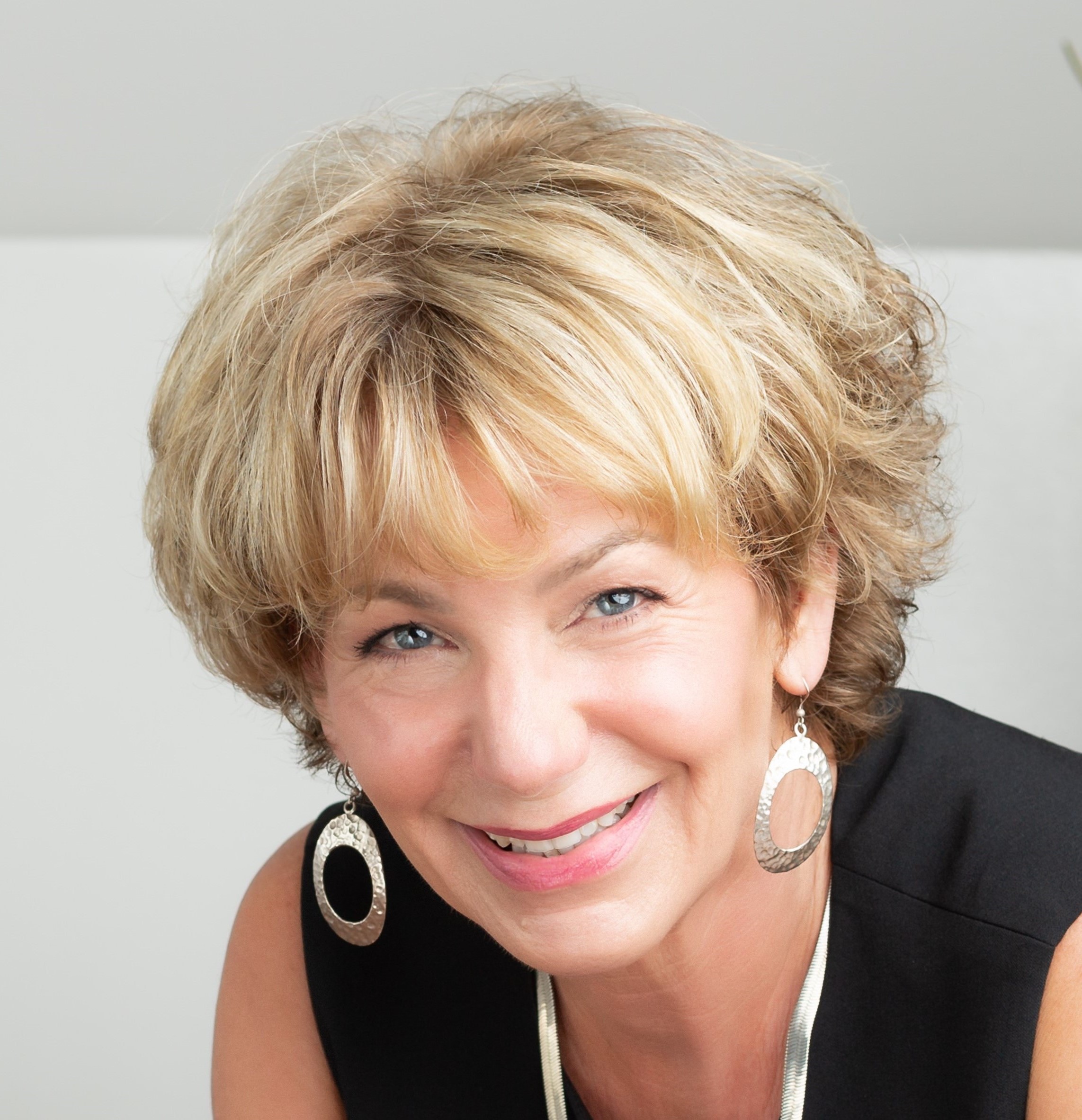 Change is one of the only constants in our lives, and we can count on it daily.
Change is one of the only constants in our lives, and we can count on it daily.
While we might see change as a stressor, can you imagine your life without change? No improved health, no increase in pay, no new home, and no upcoming vacation!
How we adapt to the change we do or don’t like is a marker of our core ability to grow, adapt and reach our goals, achieve good health and reach new levels of satisfaction. Neuroscientists have also linked the ability to adapt to change as a mark of our intelligence.
But what if I told you you’re actually a master of change, you just don’t realize it yet? You have likely already made changes dozens of times today: changing lanes, schedules, meetings, etc.
We change easily when it is practiced or comfortable. What tends to stress us is having an uncomfortable emotion upon learning of an upcoming change and being forced to implement it. It’s the uncomfortable emotion we struggle with, not the actual change itself.
While there is no such thing as a ‘right’ or ‘good’ feeling, or a ‘wrong’ or ‘bad’ feeling, feelings usually fall into one of two categories: comfortable or uncomfortable. Because we are all unique, the emotions in your ‘comfortable’ and ‘uncomfortable’ categories will be unique to you, and likely learned as safe emotions to display in the first decade of your life.
Feelings are the body’s feedback signal that we like or don’t like something (a thought, an experience, a sensation). Common uncomfortable emotions that can arise when we learn of an upcoming change (or implement a new skill or technique needed for the change) generally fall into the uncomfortable category: fear, worry, upset, anger, surprise, etc.
One of the key skills needed to work with all kinds of change is the ability to safely feel and manage these uncomfortable feelings. Here are 5 things that will help:
BREATHE. Low and slow. Inhale for a count of 4, exhale for a count of 6.
Why: When we experience an uncomfortable feeling or tell ourselves an upsetting thought, we immediately either hold our breath or begin to chest-breathe (high and shallow). Both breathing styles send a message to the brain that we feel unsafe and, within 8 seconds the brain reacts by shifting from parasympathetic (calm) to sympathetic (fight, flight, freeze or fawn) as a protective defense mechanism.
This shift of our nervous system reduces blood flow to the part of the brain that can accurately assess the predicament and come up with multiple and useful ideas, instead sending it to the hyper-aroused, thoughtless and reactive part of the brain.
Here’s what to do: When you are in the midst of change, take a few long, deep breaths each hour to regulate your nervous system. One is not enough.
ENGAGE YOUR INNER COACH. Choose capable inner dialogue.
Why:We can have 50,000 to 90,000 thoughts a day. Every thought informs your system that you are ‘okay’ or ‘not’. Your brain is hardwired to go after what you think and talk about. Use your thoughts, intentions and conversations to grow your ability to adapt, change and grow.
Here’s what to do. Consider affirmative self-talk like: “This isn’t my first choice, and I can figure it out,” “it’s big, I’m bigger,” and “I got this”.
FEED YOUR BRAIN
Why: Brain cells are the only cells in the body that do not store energy. The brain requires high-quality calories and energy to think, learn, plan and adapt.
Dips in brain glucose availability have a negative impact on attention, memory and learning, all vitally important when managing change. Whole foods sustain brain glucose the best, so choose seeds, nuts, fruits and vegetables to keep your brain fed.
Here’s what to do: Have a 100-calorie snack (or so) made up of whole foods every 2.5 – 3 hours.
HYDRATE
Why: A dry brain can’t retain. Learning, recall and memory all require the cells in our brain to communicate with each other, and dehydrated brain cells can’t make these important connections.
Here’s what to do: Drink half your body weight in ounces of water each day.
LEARN TO FEEL YOUR UNCOMFORTABLE EMOTIONS
Why: We have to feel to heal. That means slowing down to actually feel the sensations an uncomfortable emotion can cause in us.
The more we can pause, breathe and feel the sensation the uncomfortable feeling generates in our body, the more capable we become at honoring, feeling and mastering the range of emotions that come up normally and naturally, both comfortable and uncomfortable.
Here’s what to do. Feel your feelings. Pause, breathe and feel the uncomfortable feeling or sensation it produces. Start small — even a few seconds will help.
Bonus: Learning to feel discomfort reduces our need to mask uncomfortable feelings in order to temporarily ‘make it go away.’ Typical masking behaviors include overeating, overdrinking, excessive shopping, gambling, complaining, gossiping, raging or projecting onto others.
When you notice yourself indulging in these habits, don’t be hard on yourself. Simply recognize the behavior and start over with the five steps listed above. Over time, you’ll become a master of change, rather than letting change control you.







Comments